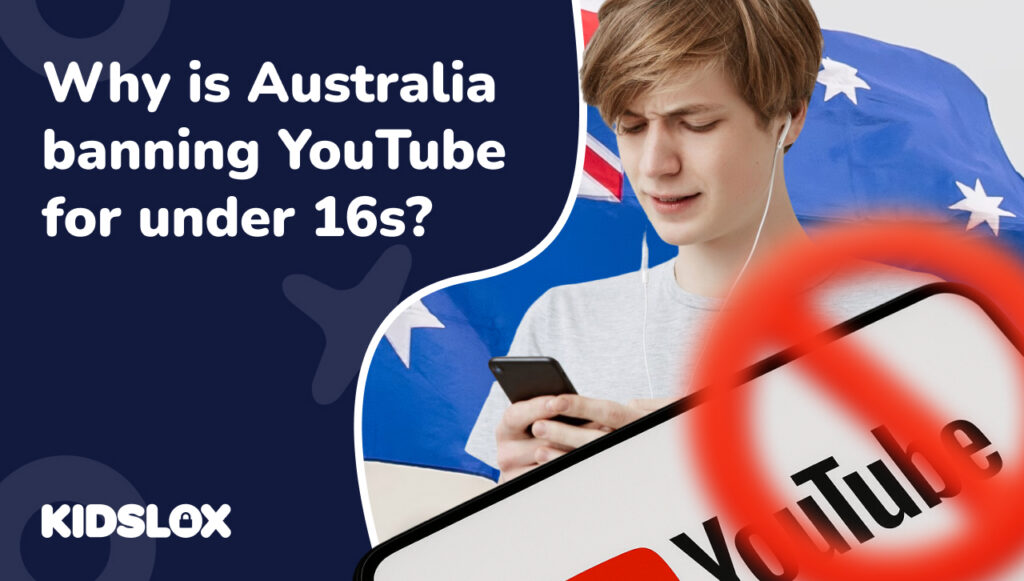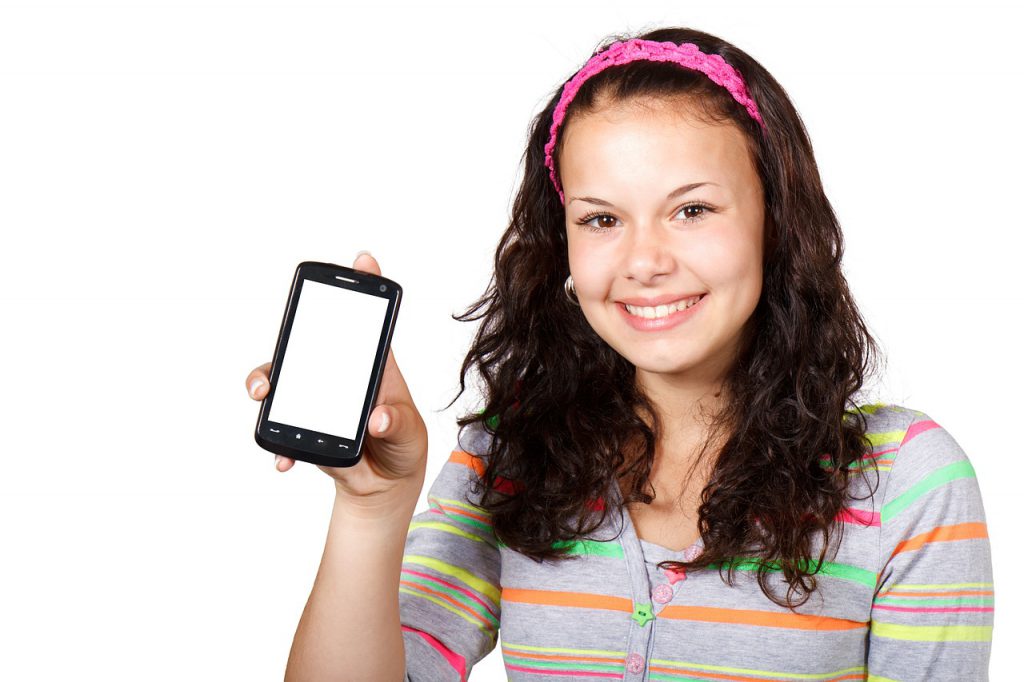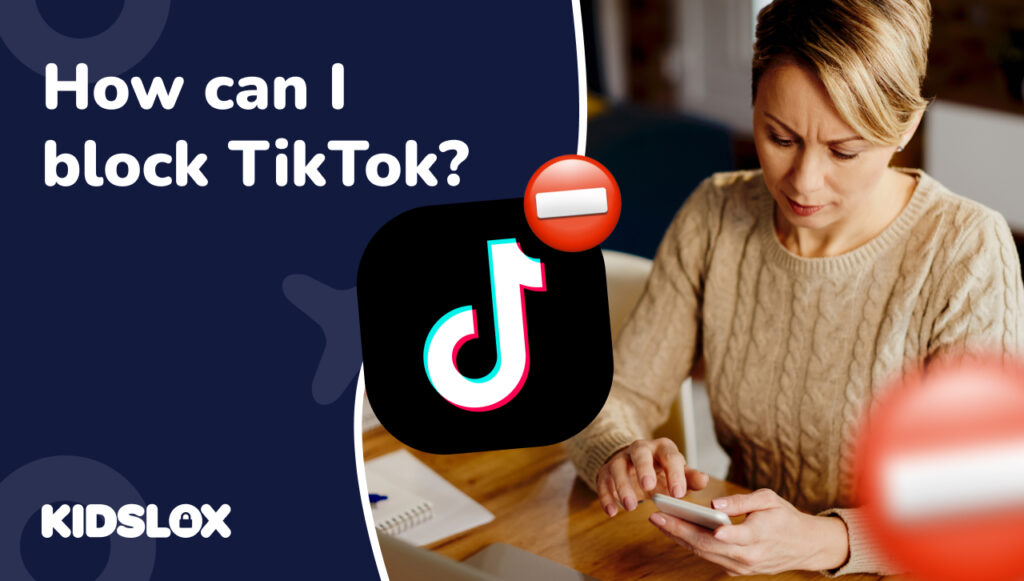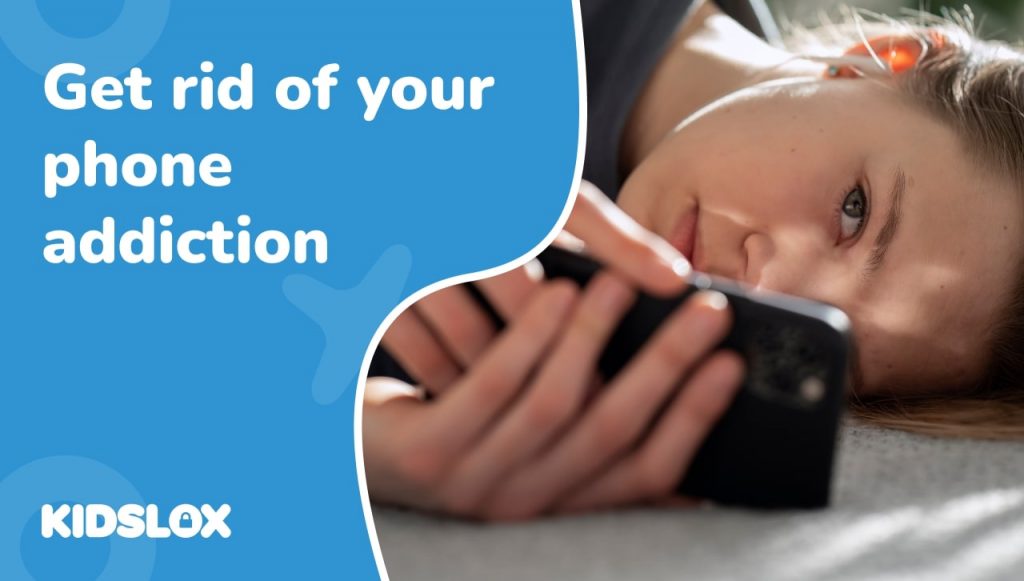The Hidden Dangers Parents Need To Know
YouTube has become one of the most influential platforms in the world, shaping how people learn, play, and connect. Owned by Google, it’s not just a hub for entertainment, it’s also one of the most powerful search engines on the planet.
For parents, though, YouTube can feel like both a blessing and a constant worry. From the main platform to the seemingly “safer” YouTube Kids app, children are exposed to content that can leave lasting effects on their wellbeing. That’s why understanding both the advantages and the risks of YouTube is so important for families trying to navigate the digital age.
This tension has come into sharper focus with Australia’s recent decision to include YouTube in its ban on social media for under-16s. Originally, the platform was set to be exempt, thanks to its educational and entertainment value. But a government reversal underscored a growing concern: YouTube doesn’t just host fun videos, it also exposes children to harmful material and algorithms designed to keep them hooked.
Why is Australia banning YouTube for under 16s?
Australia has announced a ban on YouTube accounts for anyone under the age of 16, a move that has surprised many parents and young people. For years, YouTube has been viewed less as a social network and more as an entertainment hub; a place to watch music videos, tutorials, comedy clips, and cartoons. Unlike apps built primarily on messaging and feeds, YouTube has often been seen as a digital library rather than a social playground.
The government’s decision comes from growing concern about the risks young people face online after the country’s own internet safety regulator found that over a third of children have come across harmful content on YouTube. Even though the service offers a vast amount of educational and creative content, it also hosts unregulated videos, advertising, and comment sections that can be difficult for children to navigate safely.
For many families, the ban feels like a shock because YouTube has been woven into daily routines (used for school projects, hobbies, and downtime!). Its reclassification as a “social media platform” rather than just entertainment highlights how regulators now see streaming, sharing, and community interaction as inseparable. The change has sparked debate about balance: how to protect children online without cutting them off from a tool that many see as harmless fun.
Understanding The Allure of YouTube
At its core, YouTube is a hub of creativity and knowledge. Children can watch educational videos, learn new skills, or explore hobbies in engaging and visual ways. Parents often rely on it for quick entertainment or supplemental learning resources.
The pros of YouTube include:
- Free access to a vast library of content.
- Educational videos for all age groups.
- Exposure to different cultures and perspectives.
- Opportunities for creative self-expression.
However, behind these benefits lies a complex web of potential risks that every parent should be aware of.
The Dark Side of YouTube
While there are positive sides to the platform, there is also a very real dark side of YouTube. Algorithms designed to keep viewers engaged can quickly lead children down dangerous rabbit holes. What begins as a harmless cartoon can escalate into violent, inappropriate, or misleading content. This negative effect of YouTube is often overlooked because the platform offers such a wide variety of entertainment, but shouldn’t be ignored.
Parents must recognize the disadvantages of YouTube when children use it without supervision, these include:
- Exposure to inappropriate or violent content.
- Unregulated advertising aimed at children.
- Misinformation presented as fact.
- Comment sections that can become breeding grounds for bullying.
YouTube Kids: A False Sense of Security?
In response to parental concerns, YouTube introduced YouTube Kids, a version supposedly curated for child-friendly content. At first glance, this seems like the perfect solution. However, studies and parental reports reveal that YouTube Kids is not always the safe alternative it promises to be. Inappropriate content can still slip through filters, and some creators intentionally design videos to bypass moderation systems.
The cons of YouTube in this context include:
- Exposure to disturbing or bizarre animated content disguised as cartoons.
- Overreliance on algorithms instead of human moderation.
Insights published ahead of the release of the Children’s Media Yearbook 2025 show that preschoolers are among the heaviest users of YouTube Kids. According to the research, YouTube Kids is now the most watched form of media worldwide for 3- and 4-year-old children, with 90% of this age group in the UK accessing videos every week.
Young children gravitate towards short-form, fast-paced videos, often preferring content created by children their own age. They seek humor, relatability, and a kind of idealized childhood experience. However, the algorithm feeds them more of the same, creating a narrow media diet that can limit their interests and impact their development. While YouTube Kids does not collect personal data, it does track viewing behavior, shaping children as digital consumers from a very early age.
Some of the concerns the research outlines include:
- Copying inappropriate behaviors from videos.
- Negative impacts on communication, language development, and social skills.
- Physical health risks related to posture, eyesight, and diet.
- Shortened attention spans caused by rapid consumption of short clips.
YouTube Kids also influences preschoolers’ aspirations and consumer behavior, tying identity formation to what they watch. Despite limits on traditional advertising, sponsored content and family vlogs embed consumerism deeply into children’s lives.
Is YouTube Bad for Your Brain?
The negative impacts of YouTube are not limited to inappropriate content. Prolonged screen time itself can take a toll on a child’s development. Questions like “Is YouTube bad for your brain?” often arise, and the answer is nuanced. While moderate exposure to educational videos can stimulate learning, excessive use has concerning side effects:
- Shortened attention spans due to fast-paced, stimulating videos.
- Sleep disruption when screen time occurs before bedtime.
- Increased risk of social isolation.
- Reduced physical activity contributing to health issues.
Research also suggests that the younger a child is exposed to YouTube, the higher their risk for social and emotional problems. The theory behind this is that the platform may hinder natural regulation, making it harder for children to understand, process and deal with their emotions.
Furthermore, YouTube Shorts; fast-paced ‘TikTok’ style content can lead children into a rabbit hole of silly and sometimes dangerous content that may have a lasting impact on their attention span.
Beyond Kids, How is YouTube Impacting Society?
While the platform fosters creativity, education, and awareness, it can also spread misinformation, promote unhealthy beauty standards, and encourage consumerism through reviews and ‘haul’ content. Children, being highly impressionable, are especially vulnerable to these influences, which can cause issues at home. Some examples of this include:
- The rise of influencer culture, impacting self-esteem in young viewers. Influencer content can also warp children’s perception of money, spending and consumerism.
- Spread of conspiracy theories and misinformation.
- Normalization of excessive screen time.
- Shifts in communication, with children preferring digital interactions over face-to-face ones.
Balancing the Pros and Cons of YouTube
Like most online tools, it’s how children use it that determines its impact. Recognizing the pros and cons of YouTube allows parents to make informed decisions about its role in their child’s life and use it to its best advantage.
Pros:
- Access to free educational content.
- Opportunities for creative exploration.
- Exposure to diverse cultures and ideas.
Cons:
- Exposure to harmful or inappropriate material.
- Risk of addiction due to algorithm-driven content.
- Negative influence on mental health and attention span.
How Can YouTube be Used Safely?
While the risks are real, parents are not powerless. Used responsibly, YouTube can help educate children and expand their world view. Its popularity and proliferation on our lives makes it unlikely that you will be able to ask children to totally avoid its use, but monitoring and guiding them through best practices and understanding the wider digital world is key.
If you’re happy for your child to continue to use YouTube as part of their screen time allowance, here are some strategies to minimize its negatives while still allowing children some time on the video platform.
- Supervise Content: Use parental controls but also preview videos when possible.
- Set Screen Time Limits: Avoid excessive use, particularly before bedtime.
- Encourage Alternatives: Promote outdoor play, reading, and offline hobbies.
- Teach Media Literacy: Help children understand the difference between entertainment and reality.
- Engage Together: Watch videos with your child and discuss what they see.
Is YouTube Becoming a Problem for Your Child?
As parents, it can be difficult to know when normal enjoyment of YouTube or YouTube Kids crosses into unhealthy territory. Since children love the fast-paced, colorful, and entertaining videos the platform offers, it’s important to keep an eye out for warning signs that signal possible negative impacts. Here’s a simple checklist to help you reflect on your child’s relationship with YouTube:
Behavioral Signs
- Does your child throw tantrums or become anxious when asked to turn off YouTube?
- Are they imitating inappropriate language, behaviors, or risky actions they’ve seen on screen?
- Do they show a preference for being on YouTube over spending time with friends or family?
Developmental Signs
- Has your child’s attention span noticeably decreased, especially during homework or reading?
- Are teachers or caregivers mentioning communication or social skill delays?
- Does your child struggle to focus on structured activities without constant stimulation?
Health and Lifestyle Signs
- Is your child spending more time sitting indoors than playing outside?
- Are you noticing changes in sleep patterns, such as difficulty falling asleep after screen use?
- Has your child’s diet, posture, or eyesight been affected by extended viewing sessions?
Parental Gut Check!
- Do you feel like YouTube is shaping your child’s wants, values, or identity in ways that concern you?
- Are you relying on YouTube more than you’d like as a digital babysitter?
If you answer “yes” to several of these questions, it may be time to set firmer limits, co-watch more often, or introduce alternative activities. Remember, YouTube itself isn’t inherently harmful, the issue is how often and how unsupervised children engage with it. By staying aware, parents can step in early and redirect before small issues grow into lasting problems.





